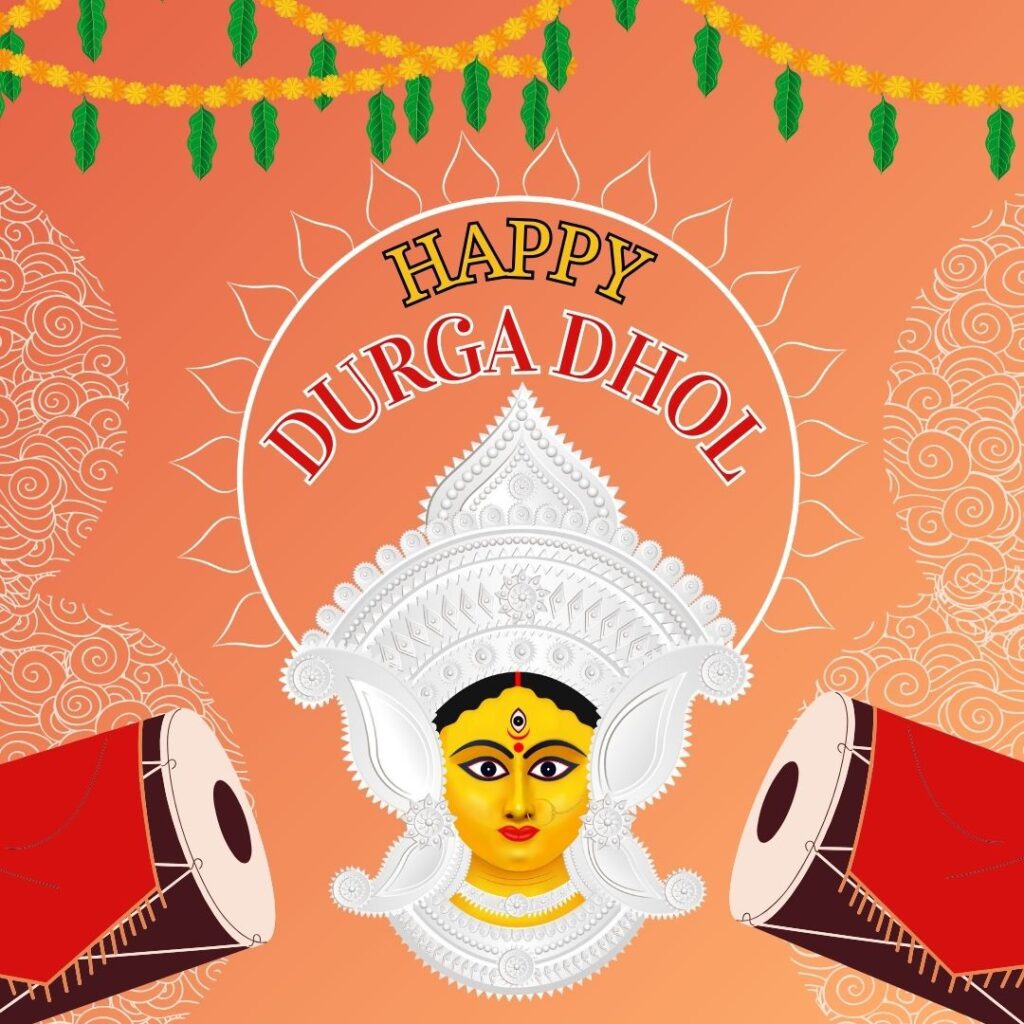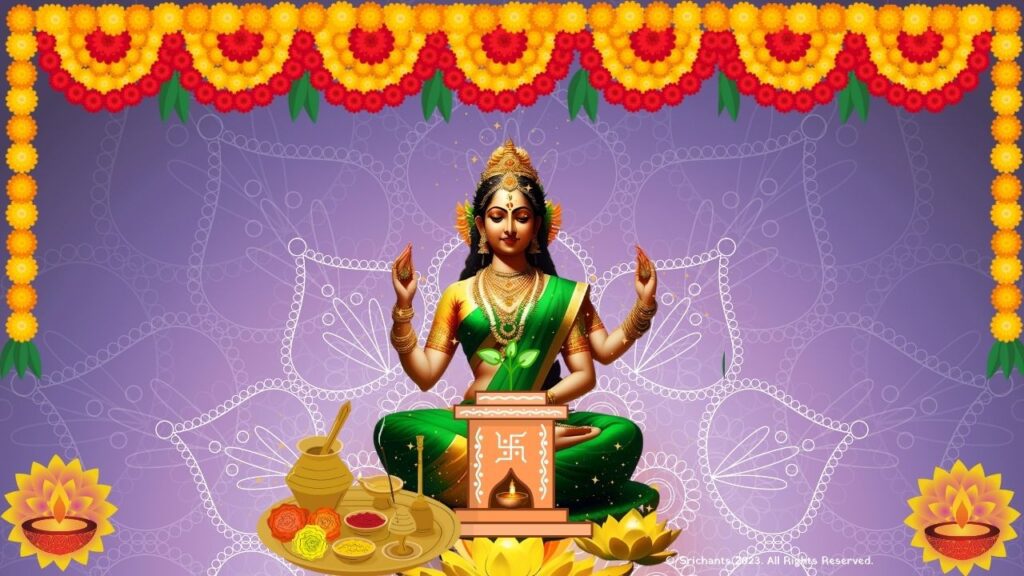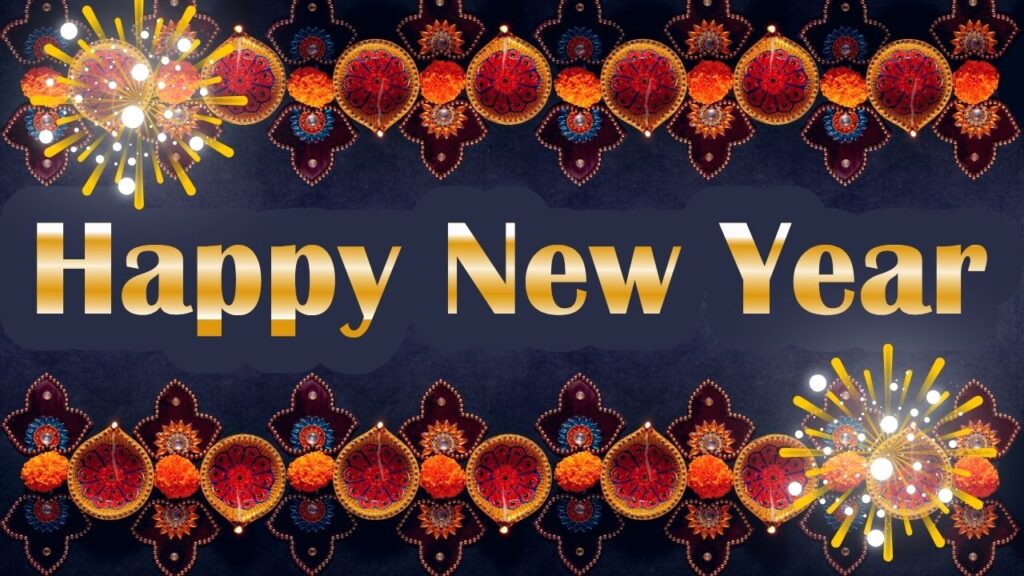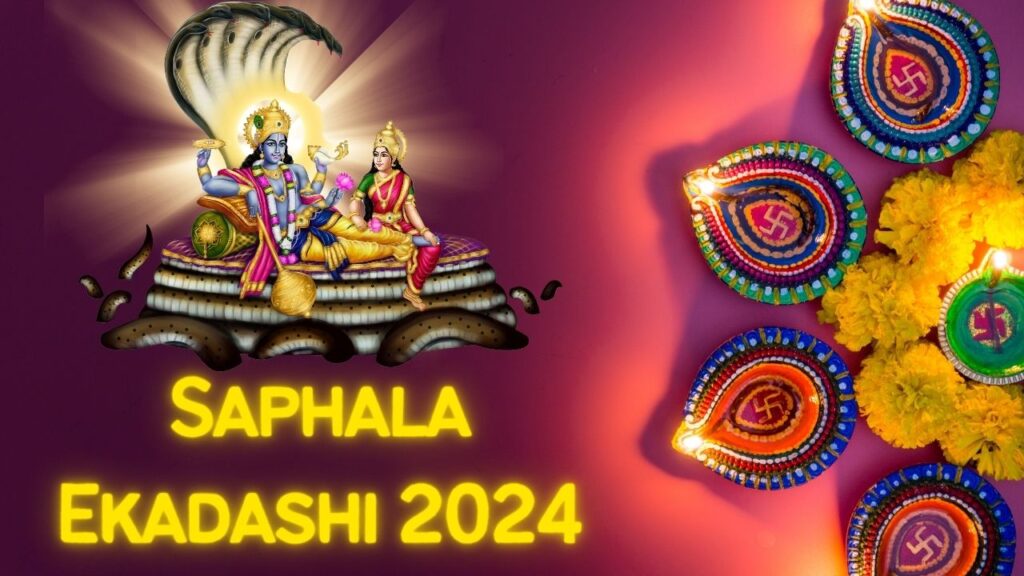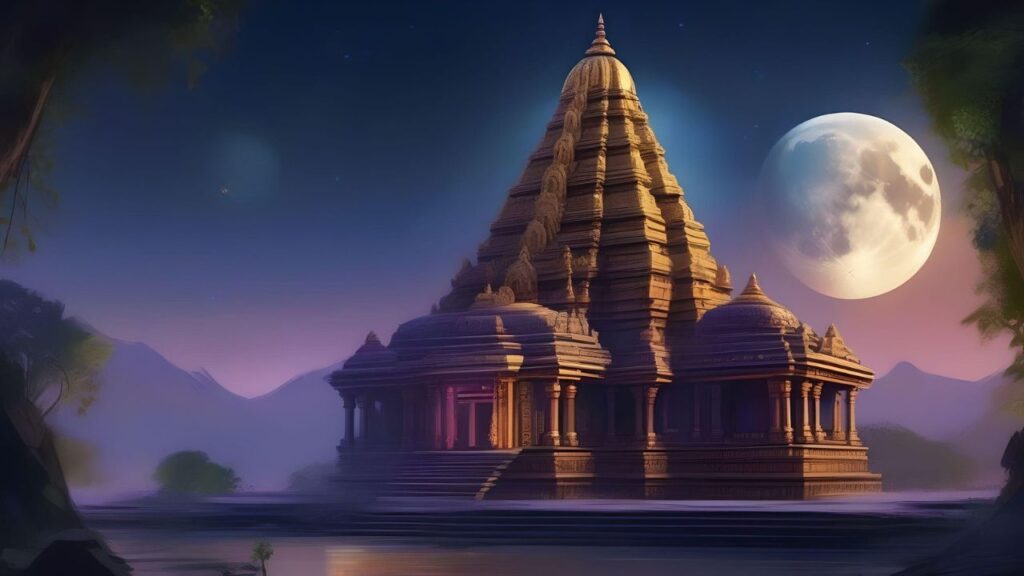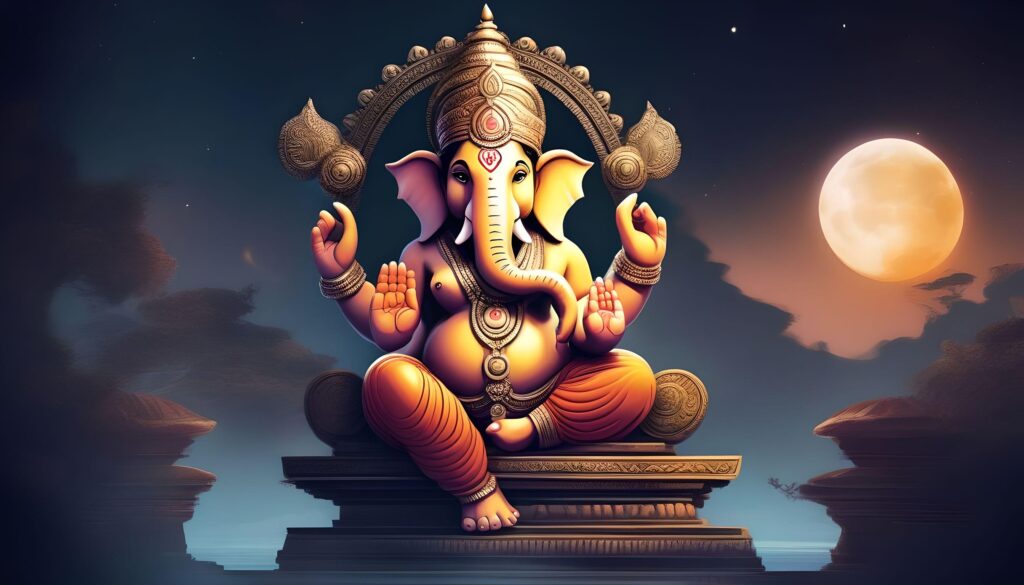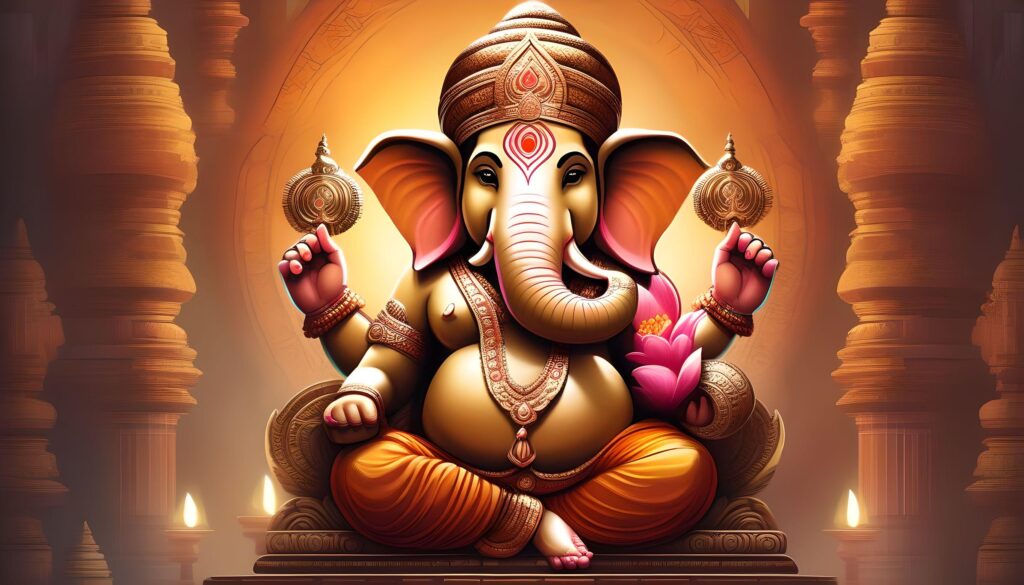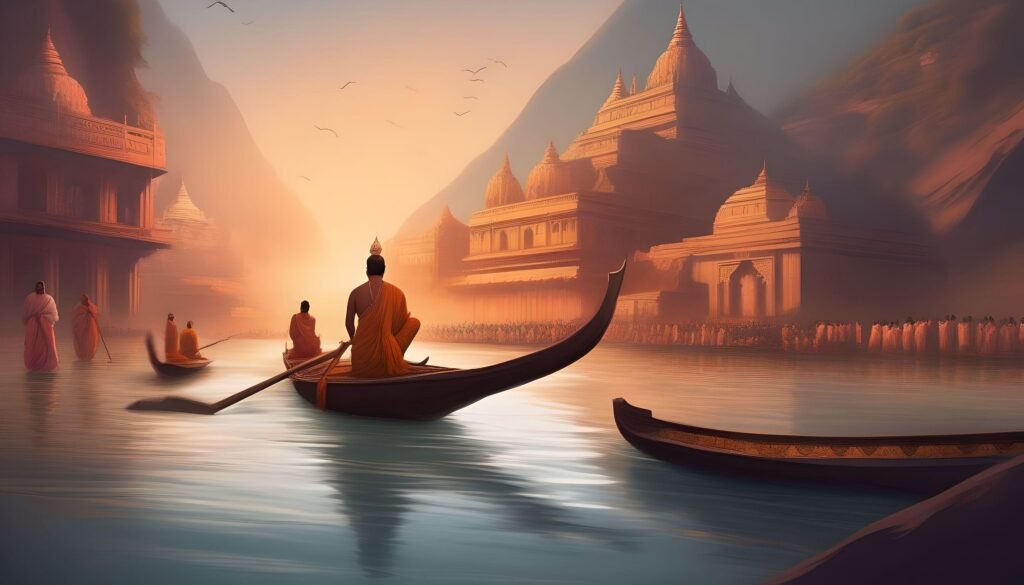Dhaakis and Their Drums in Durga Puja Celebrations
Introduction
Durga Puja, the grand festival that Bengalis celebrate, is characterized by mesmerizing music, elaborate decorations, and flamboyant colors. The rhythmic beats of the dhak, which are performed by skilled dhaakis, are a special feature of the festive spirit, among the various musical elements. The cultural significance of dhaakis and their instruments in Durga Puja celebrations will be the subject of this article.
The Origins of Dhaakis and the Dhak
The custom of playing the dhak during Durga Puja has been practiced for centuries. The dhak is a substantial membranophone instrument that is played with two slender sticks and is reminiscent of a dhol. Dhaakis are the term used to refer to the proficient musicians who perform this instrument. They are an essential component of the Durga Puja celebration, as their rhythmic rhythms establish the atmosphere for the entire event.
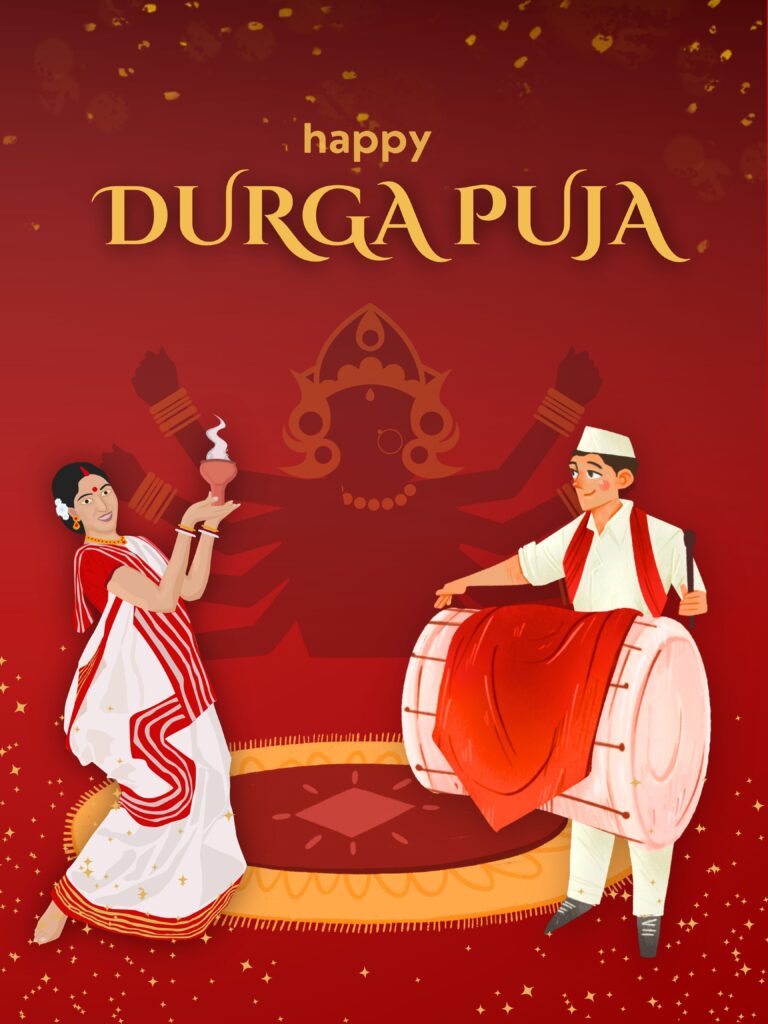
The Role of Dhaakis in Durga Puja
- Spreading the Infectious Rhythm of Durga Puja: The dhaakis rapidly move from one location to another as they arrive at the puja pandals, infusing the festive spirit. The energetic beats of the dhak fill the air, fostering an environment of excitement and pleasure.
- Symbolism and Tradition: The dhaakis and their drums are a representation of the deity Durga and her entourage’s arrival. Their rhythmic beats serve as a call to action for devotees to participate in the festivities and proclaim the divine’s presence. Dhaakis have been instrumental in the preservation of the cultural heritage of Durga Puja, as this tradition has been passed down through generations.
- Improving the Devotional Experience: The emotions of the devotees are significantly influenced by the rhythmic rhythms of the dhak. The dhak’s sound is said to captivate the hearts of all Bengalis, irrespective of their heritage. The worshippers experience a sense of devotion and unity as the beats resonate within their spirits.
- During the numerous rituals and ceremonies associated with Durga Puja, the dhaakis play a crucial role. The worshippers’ overall experience is improved by the synchronization of their rhythms with the recitals, drama performances, and traditional dances.
The Journey of Dhaakis during Durga Puja
In urban centers, where the concentration of puja pandals is highest, dhaakis abandon their homes in rural areas and flock during the festive season. In cities such as Dhaka, there may be more than 250 pandals, necessitating the involvement of over a thousand dhaakis. Approximately 31,000 pandals are located throughout the nation, and they are all ablaze with the rhythmic rhythms of drums for five consecutive days.
- Arrival of Dhaakis: Dhaakis from various regions of the region, including West Medinipur in West Bengal, convene at designated meeting points. They are prepared to commence their voyage to the puja pandals, having brought their dhaks and luggage.
- The dhaakis promptly transition from one location to another upon their arrival at the puja pandals, thereby establishing the melody for the Durga Puja celebrations. The air is filled with the reverberation of their synchronized rhythms, which captivate their audience.
- The Frenzied Beats: The dhaakis’ drumming technique is characterized by a unique rhythm known as “pujar badyo,” which has remained unaltered for centuries. The tempos of the beats alternate between slow and rapid, resulting in an energetic and intense ambiance. The dhaakis’ forearms flutter like butterflies as they deftly strike the drums with their drumsticks.
- Cultural Significance: Bengalis hold a special place in their affections for the unique rhythm of the dhak, which is reminiscent of the Jhumur taal pattern. It is a cadence that transcends boundaries and cultures, establishing spiritual connections with individuals worldwide. The Bengalis who are commemorating Durga Puja experience a sense of cultural pride and unity as a result of the dhaakis’ mastery of this rhythm.
Dhaakis: Guardians of a Musical Tradition
- Preserving Traditional Methods: The art of playing the dhak has been handed down through generations of dhaakis. The instrument’s intricacies are acquired at a young age, and their abilities are refined over time. The dhaakis guarantee the preservation of the musical heritage of Durga Puja by adhering to traditional methods.
- Unique Position in the Bengali Community: Dhaakis possess a distinctive cultural identity. Their cultural identity is influenced by their proficiency in performing the dhak and their involvement in Durga Puja celebrations. They are held in high regard for their dedication and aptitude, as they encapsulate the festival’s essence.
- Community and Camaraderie: The dhaakis are a close-knit community, frequently originating from the same region or village. The strong connection between them is a result of their shared passion for music and devotion to Durga Puja. They provide mutual support during the holiday season and work together to produce captivating performances.
- Economic Opportunities: The dhak is not only a cultural vocation for many dhaakis, but also a source of income during Durga Puja. They are employed by puja committees and individuals to participate in a variety of events and ceremonies throughout the year, which affords them economic opportunities.
Conclusion
The rhythmic beats of the dhak, played by skilled dhaakis, hold immense cultural significance in Durga Puja celebrations. They infuse the air with festive energy, enhance the devotional experience, and symbolize the arrival of the goddess Durga. The dhaakis’ mastery of the dhak and their dedication to preserving this musical tradition contribute to the vibrancy and richness of Durga Puja. As the festival continues to evolve, the dhaakis and their drums remain an integral part of the cultural fabric of Bengal, connecting generations through the power of music.
